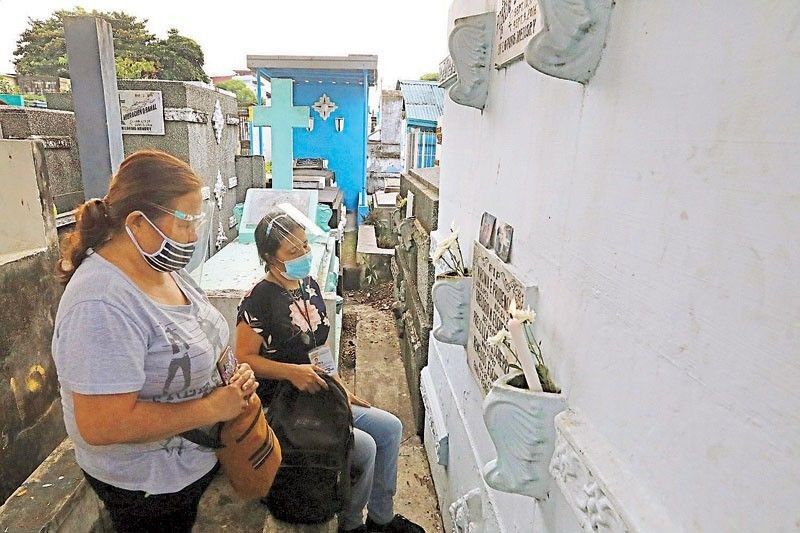Lack of testing makes COVID-related deaths difficult to confirm

MANILA, Philippines — COVID-19 was among the leading causes of death in the Philippines last year, with 27,967 losing their lives to the severe respiratory illness in 2020. But 70% of these fatalities were likely patients who had not been tested for the virus.
Registered deaths due to COVID-19 accounted for 4.9% of the total 575,875 deaths tallied in 2020, enough to put the disease as seventh top killer of Filipinos, preliminary data from the Philippine Statistics Authority showed. Of these, 19,758 deaths were associated with COVID-19 but “with virus not identified” or those suspected or probable cases.
Meanwhile, there were fewer COVID-19-related deaths “with virus identified” at 8,209.
Figures from PSA differ from the one released by the Department of Health. PSA explained that its data is based on descriptions written on death certificates, while data from the DOH were collected through a surveillance system.
“The data is administrative based and the PSA is just counting based on the classification. The local health officers are the ones making these assessments,” national statistician Dennis Mapa said.
Alethea de Guzman, OIC Director III of the health department’s Epidemiology Bureau, said the agency only tallies fatalities that have dates of death and validated causes of death.
“Even at the level of DOH, we’re also tracking deaths among suspect and probable cases. It’s part of what we analyze. But to be frank, mas mahirap, hindi kasi ganun kabait mag-report ang ating LGUs sa suspect cases,” de Guzman said in a briefing Wednesday.
With 12,866 confirmed deaths as of Wednesday, the country’s case fatality rate stood at 2.02%.
Undertesting, underreporting
Since testing is not free or accessible to everyone, many COVID-19 deaths in the Philippines do not get reported as being linked to the coronavirus.
"Testing remained very inaccessible and inconvenient for many even for the deceased to confirm," said Joshua San Pedro, co-convenor of the Coalition of People’s Right to Health.
Aside from undertesting, there may be more deaths due to “delays in reporting and bureaucracy,” he added.
Public clamor for mass testing started as early as March last year but the government repeatedly rejected calls to implement the necessary strategy, with the Supreme Court even junking a petition that sought to compel the Duterte administration to implement mass testing. Despite this, Palace insisted the country’s testing policy is its “biggest strength,” going as far to say it is the best in Asia.
In May 2020, the government promised to do 50,000 COVID-19 tests daily. The highest number of samples tested so far, according to DOH’s COVID-19 tracker, was last March 11 with 47,157.
A year into pandemic, only 8,847,365 people have been tested.
Currently, there are 230 accredited testing laboratories—a bulk of which are located in Metro Manila. Thirty-seven provinces in the Philippines still have no testing hubs.
More than this, the lack of accessibility to testing also affects the grieving process, San Pedro said, as being declared a COVID-19 case—whether suspect or confirmed—will require cremation.
“Definitely, it shows the need to still make testing available, accessible and free for those who need it—suspect and probable cases, whether living or recently deceased, as well as close contacts and high-risk populations—in order to strengthen our pandemic response,” he said.
- Latest
- Trending




























